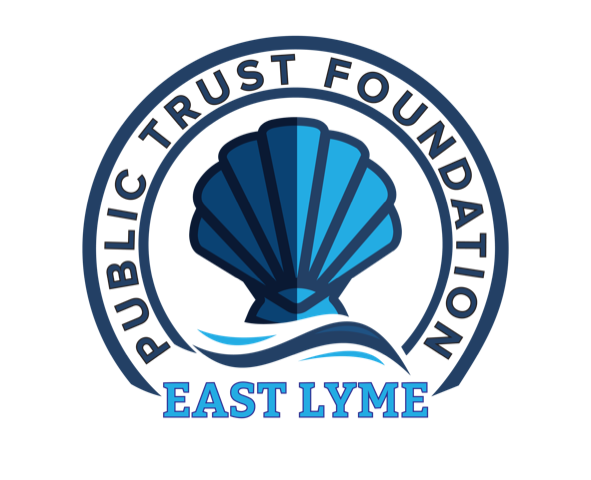Background
Dr. Frank Bohlen, UCONN, Marine Sciences Department, recommended to the Foundation several approaches to preserve Niantic Bay beach for recreational usage, and thus for providing economic benefits to the Town of East Lyme and the southeast CT region. The Foundation implemented those recommendations to monitor beach sand changes caused by the natural forces and to adopt a corresponding public education project.
Objectives
Work with the Town of East Lyme Parks and Recreation Department to preserve the beach as a recreational resource for the region. Develop a public educational outreach program of “Beach Dynamics” to help understand and appreciate the natural forces shaping the beach and controlling beach sand volumes.
Actions: Two components.
Beach Grass component: Under the guidance and supervision of Dr. Juliana Barrett, Botanist with UCONN Sea Grant, beach grass was planted in four selected Dunes areas along the beach, to help retain sand. East Lyme High School and UCONN Avery Point students were engaged to plant the grass in April 2016. We’re happy to report that these plants are doing nicely. With that success, we are considering additional plantings along an extended stretch of the dunes area of the beach in Spring 2018.
UCONN Sea Grant, working with UCONN Natural Resources Conservation Academy (NRCA) enlisted a local High School girl as an intern to monitor the development of the grass and its effectiveness in retaining sand in the dunes area. With Dr. Barrett, this girl has reported her findings at several judged conferences in Connecticut, winning several awards.
Sand Profiles component: Two annual beach sand topographic surveys have been conducted using a local commercial survey company. In addition, we solicited volunteers from the public and from area school systems to learn beach survey techniques. Volunteer surveys are conducted in concert with the professional surveys, to assess the quality of the volunteer survey results. This effort also provides field experience for the volunteers. Hopefully, these monitoring efforts will serve the Town and State in avoiding or minimizing costly dredging or resupply of sand operations..
